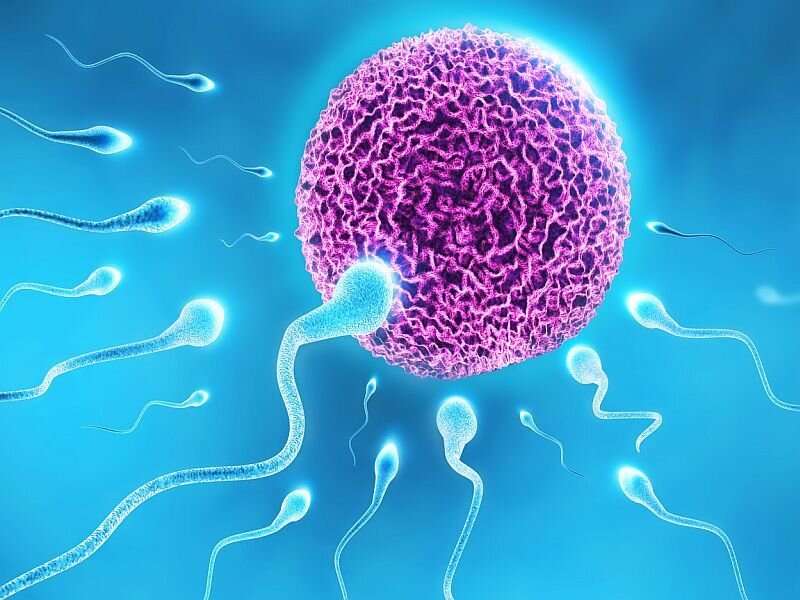(HealthDay)—Assisted reproductive technology (ART) contributed to 12.5% of all multiple births in the United States in 2018, according to research published in the Feb. 18 issue of the U.S. Centers for Disease Control and Prevention Morbidity and Mortality Weekly Report.
Saswati Sunderam, Ph.D., from the CDC in Atlanta, and colleagues compared birth outcomes in 2018 resulting from ART procedures performed in 2017 and 2018 with outcomes for all U.S.-born infants in 2018.
The researchers found that 203,119 ART procedures were performed in 456 U.S. fertility clinics in 2018, resulting in 73,831 live-birth deliveries and 81,478 infants born. The rate of ART procedures performed was 3,135 per 1 million women aged 15 to 44 years. ART contributed to 2.0% of all infants born in the United States in 2018 from procedures performed in 2017 and 2018; 78.6% of ART-conceived infants were singletons. ART contributed to 12.5% of all multiple births, including 12.5 and 13.3% of all twin births and all triplet and higher-order births, respectively. The percentage of multiple births was higher among infants conceived with ART than all infants in the total birth population (21.4 versus 3.3%). Infants conceived with ART contributed to 4.2% of all low birthweight infants; 18.3 and 8.3 of ART-conceived infants and all infants, respectively, were low birthweight. ART-conceived infants contributed to 5.1% of all preterm infants, with the percentage of preterm births higher among ART-conceived infants versus all infants (26.1 versus 10.0%).
"This report provides information that allows state health departments to monitor and inform patients of the extent of ART use and ART-related adverse perinatal outcomes in their regions," the authors write.
More information: Saswati Sunderam et al, Assisted Reproductive Technology Surveillance—United States, 2018, MMWR. Surveillance Summaries (2022). DOI: 10.15585/mmwr.ss7104a1
Journal information: Morbidity and Mortality Weekly Report
Copyright © 2022 HealthDay. All rights reserved.























